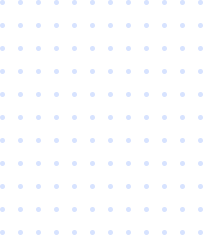
This Content is Locked

This Content is Locked
Please enter your name and your email address to unlock this content.
Based on our know-how in the field of forecasting, we develop related systems for our customers using relevant data of all kinds (e.g., number of customers over time, revenue or cost developments). Our forecasts are based either on time series or specific mathematical models that represent known input forecasting variables—describing the relationship between input variables and those to be forecast deterministically or probabilistically.
In the course of developing operations research solutions for our clients, we often construct prototypes that initially demonstrate the developed solutions and provide proof that these algorithms are well-suited to solve the problem at hand. One advantage of this prototypical development is that it paves the way for quick testing, comparisons and evaluations with respect to a variety of alternative solutions. In addition, the use of prototypes enables algorithms to quickly adapt to additional input data or boundary conditions.
Implementing an optimisation or forecasting solution does not fundamentally vary from other implementation tasks; we use agile methods like Scrum and work in iterative cycles. We review each development phase, refining the system design as necessary and integrating third-party modules if needed (e.g., solvers for linear programming or mixed-integer programming).
Even the best model cannot capture all changes that may occur during its application. It is therefore necessary to regularly review the mathematical model underlying decision-support functionalities and adapt as necessary. We already take this into account when creating models, developing decision-support functionalities and forming processes and tools to continuously maintain models in cooperation with our clients.


Please enter your name and your email address to unlock this content.